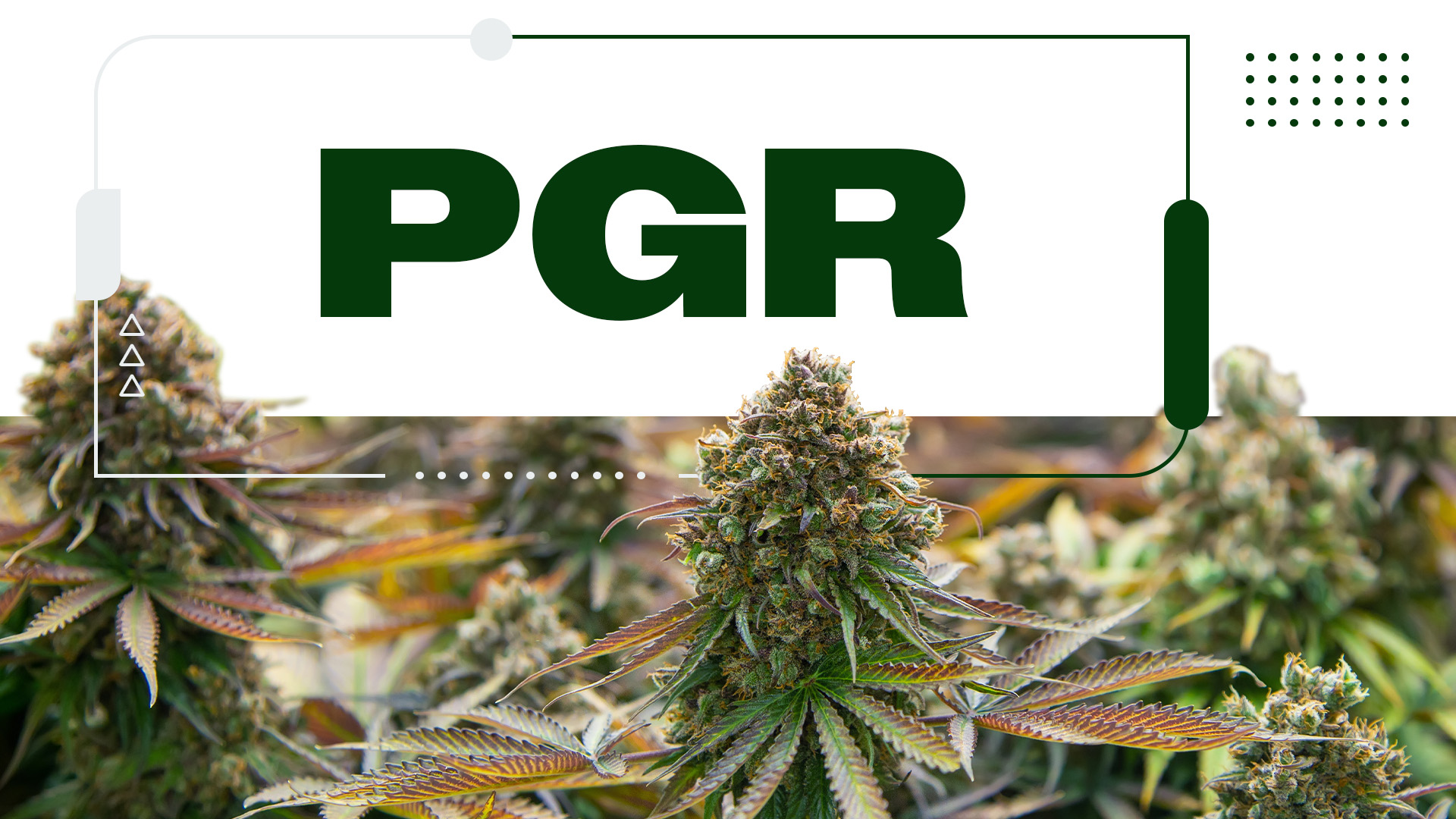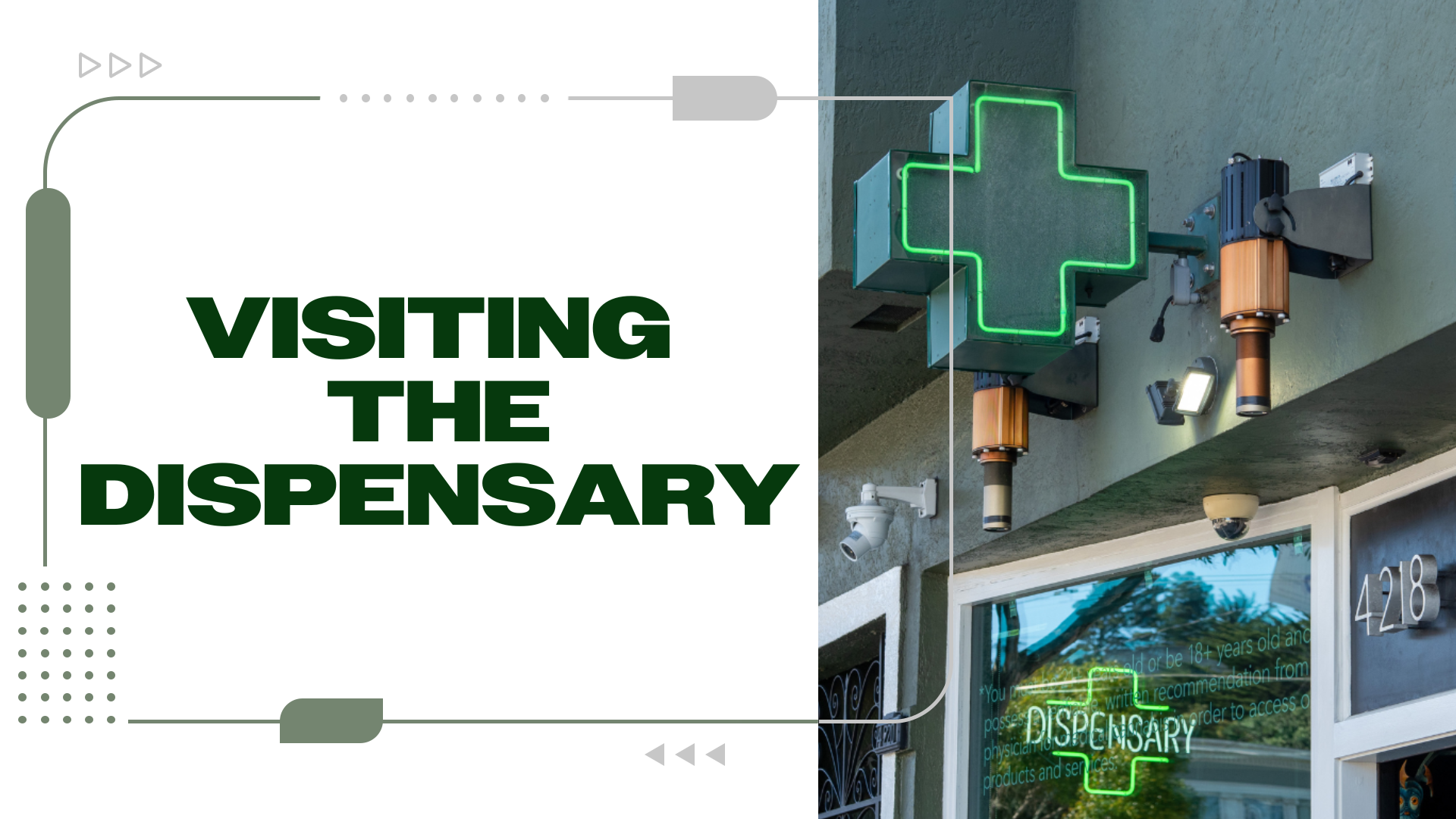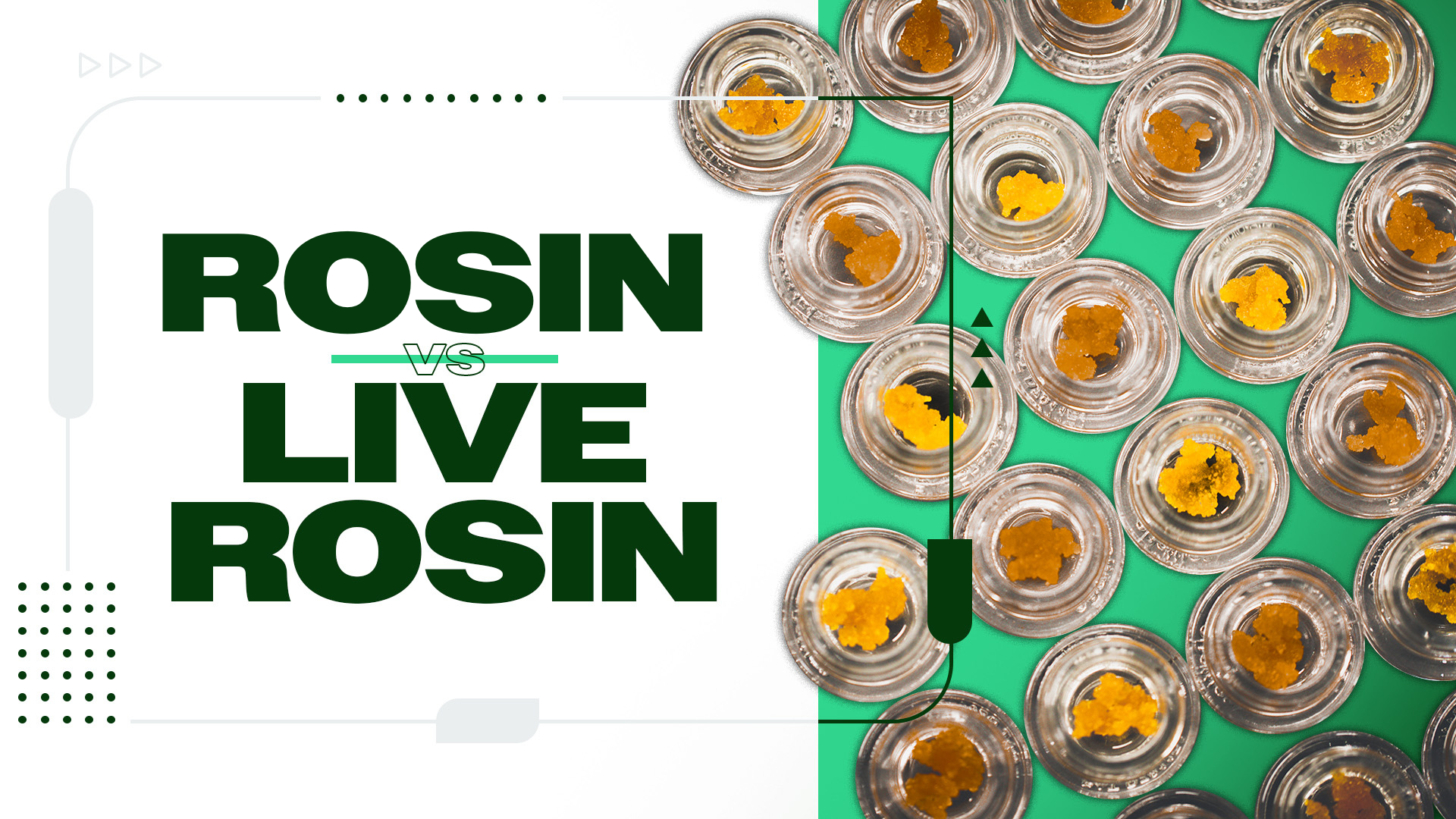Over time, you may begin to feel the effects of cannabis less profoundly. Hence, some users try “T-breaks,” or tolerance breaks, to get back to reaching the same high at lower doses. Yet, there is not much concrete evidence prescribing how long these breaks should last and whether they are beneficial to cannabis users. This guide will help crack the case about whether t-breaks are actually worth it.
What is Tolerance?
Certain people use cannabis frequently for treating a variety of diseases and conditions, especially those involving pain and nausea. With regular use of cannabis medications that contain tetrahydrocannabinol (THC), it is normal to develop a tolerance to the therapeutic effects of these products. You may notice reduced relief from your usual dosage over time. This reduction can lead to a need to consume more cannabis to feel the desired effects.
Generally speaking, cannabis tolerance occurs when certain receptors in your body become less sensitive to THC as a result of regular, daily, or more frequent use. There is s no definite timeframe associated with tolerance’s appearance. A range of factors contribute to tolerance development. These factors include how often you consume, the strength of the cannabis you use, and your personal biology
Tolerance is the brain’s adaptation to the continued presence of not only THC but also other substances, such as caffeine, alcohol, painkillers, nicotine, and routine prescription medications. Some indicators of high tolerance include whether you experience withdrawal symptoms or if you find yourself increasing the amount of cannabis you use because you feel the effects less.
How Does Tolerance Work?
THC and other compounds found in the Cannabis sativa plant, known as cannabinoids, mimic chemicals that our bodies produce naturally. These molecules are called endocannabinoids (with the prefix “endo” meaning internal). Endocannabinoids were named after the molecules found in the cannabis plant that are commonly used in medicinal cannabis products.
The endocannabinoid system (ECS) is a molecular system found in all animals—even invertebrates, like sea urchins, mussels, and nematodes. This system regulates many processes throughout the body, such as immune response, cell communication, pain sensitivity, sleep, digestion, stress reactions and numerous others. The ECS includes endocannabinoid molecules, cannabinoid receptors and enzymes that synthesize and break down endocannabinoids.
THC works by activating cannabinoid type 1 (CB1) receptors in the brain. This interaction produces psychoactive and medicinal effects, and eventually tolerance, in humans. Consuming THC regularly often reduces the number of CB1 receptors in the ECS. Frequent THC users display about 20% fewer CB1 receptors than people who do not consume cannabis often. When you smoke or consume THC-containing cannabis products, the psychoactive THC stimulates the receptor sites for your natural endocannabinoids, but over time, the body’s cells decrease the presence of CB1 receptors through a process called downregulation, resulting in reduced effects.
Why You Should Get Your Medical Marijuana Card
Veriheal has satisfied millions of patients nationwide by giving them access to these benefits
- Larger purchase limits
- Peace of mind
- Enhanced legal protection
- Access to higher potency strains
- Save up to 25% on cannabis purchases
- Skip the line at the dispensary
Do T-Breaks Actually Work?
To regain sensitivity to the psychoactive effects of cannabis, many consumers will abstain from cannabis with a tolerance break. This allows the overstimulated receptors to recover from extended use. Sometimes called “T-breaks,” these temporary periods of abstinence allow a user to regain their ability to achieve the same effects from a smaller amount of cannabis.
Taking a tolerance break might be a good idea if you feel that you have become too desensitized to the effects of cannabis. Taking a break from THC allows your cannabinoid receptors to regain sensitivity to the compound. By restoring your receptors and adjusting your body to a lower level of THC, the therapeutic benefits of THC can return when you resume cannabis use.
Since everyone reacts to cannabis and tolerance breaks differently, you may need to experiment to find your best method. A good start would be taking several days off from smoking, ingesting, or applying any cannabis products. Then, observe how your body reacts when you resume consumption. If this initial time period appears to have minimal effect on your tolerance, try taking a break for a couple of weeks before resuming consumption. Observe your reaction to THC again, and adjust your future T-breaks according to how the results turned out.
Tips For A Successful T-Break
There are multiple approaches you can take when attempting a tolerance break. For one, you can slowly taper down your THC doses through a process called titration. You can titrate your dosage down by either decreasing the amount of THC you consume, or by reducing the potency of the THC you use. Another approach involves switching to CBD remedies for a while. Or, many people choose to completely cease cannabis consumption for a period of time.
The length of an effective tolerance break varies between individuals. Because cannabinoid compounds are fat soluble, they can remain in your body for up to three or four weeks. For some users, it only takes a few days to recover CB1 receptors, but usually 2-4 weeks is considered to be a more optimal time frame.
Tolerance vs. Addiction
Note that developing a tolerance to cannabis is not the same as having a substance use disorder, such as cannabis use disorder (CUD). Tolerance is the body’s natural response to the effects of cannabis over time. On the other hand, CUD diagnoses individuals who have problematic cannabis consumption that impacts their social, financial, and physical well-being. Tolerance occurs with normal prescription drug use as well as other recreational drug and alcohol use. Nevertheless, stay mindful if someone’s tolerance is accompanied by other concerning signs. Heavy usage beyond what is prescribed or needed, risky behavior and neglecting responsibilities can indicate serious addiction.
Having a tolerance break can reduce the amount of THC you need to consume to achieve the therapeutic benefits of your medical cannabis. It can also allow for your body to recover from extended consumption. It may be useful to connect with your medical provider for further advice on taking a tolerance break, especially if you worry that you will experience side effects associated with withdrawal. A medical professional may have more insight about your particular responses to cannabis products and your particular medical needs. They can provide guidance on whether you should have a tolerance break and what approach you should take to taking time off from cannabis use.
Author, Share & Comments
















